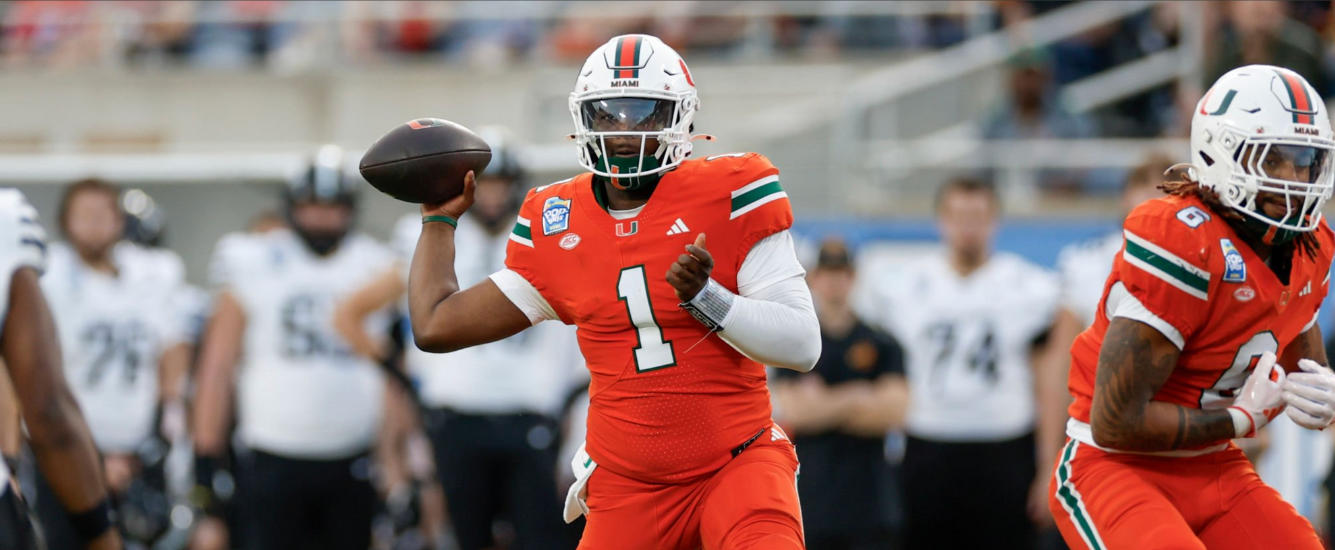Playing quarterback in the NFL is hard. Doing it well might be one of the most difficult things in all of sports. Predicting the players that will do so could be an equally challenging task. What can fantasy managers do to combat this and make the most of their rookie draft picks? Dave Caban reviews the relationship between collegiate production and NFL fantasy scoring to answer this question.
*Note that I’m going to use some fancy statistical terms in this article, but we’re not going to delve into the nitty gritty as I don’t want that to be the focus of this article. All collegiate measures included are based on player’s full careers.
The Relationship Between College Production and NFL Success in Years 1-3
In the last three offseasons, I’ve dedicated a substantial amount of time to building a model that would better help RotoViz readers understand the factors that drive NFL QB success and allow them to have some form of prediction of incoming prospect’s likelihoods for success or fantasy output. I’ve workshopped multiple linear regression models, random forests, and gradient-boosting approaches, among others, but haven’t found anything worthy of publishing. A major reason for this is that the relationships between college production metrics and NFL success are weak.
If we collect the per game fantasy points for all passers drafted since 2000 in their first three seasons and plot these points against their collegiate production metrics we can see how weak these relationships are.
In the plots below, PPR per game (considered a proxy for NFL production) is included vertically on the y-axis. Specific collegiate stats are plotted horizontally along the x-axis. In a perfect relationship, we’d see the points on a plot create a line, meaning that for every step in the metric, there was a proportionally equal step in PPR.
While perfect relationships rarely exist in real life, we’d still hope to see a plot or two where the points approximate a line. Unfortunately, the plot that does the best job of this leaves a lot to be desired, demonstrating that even draft position lacks a strong relationship with success.















